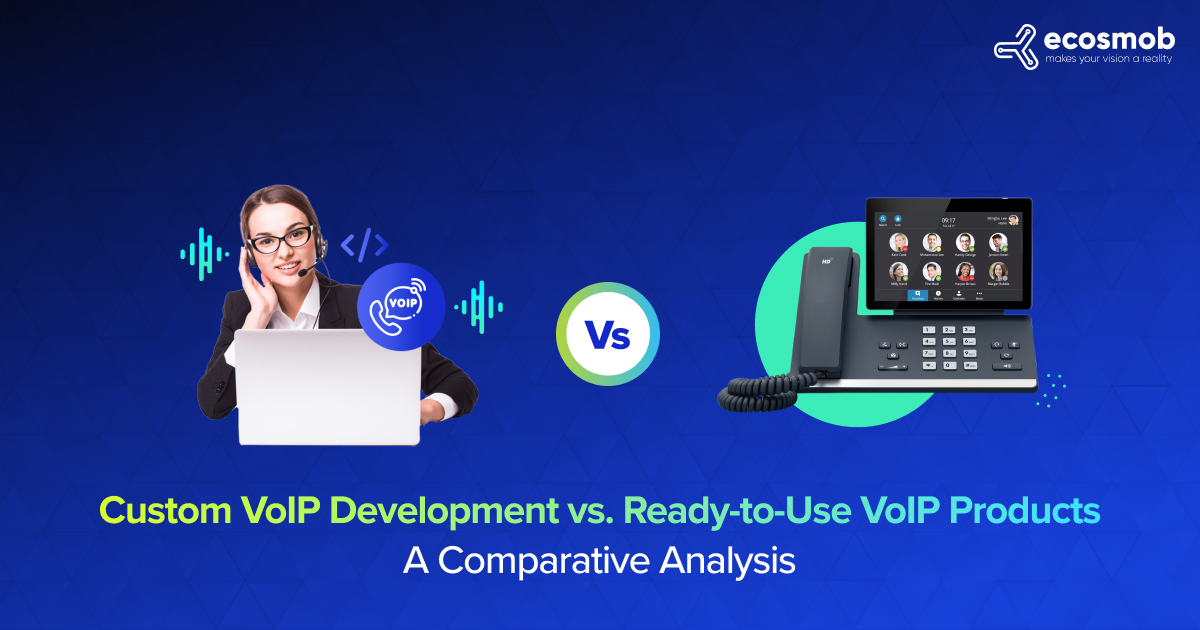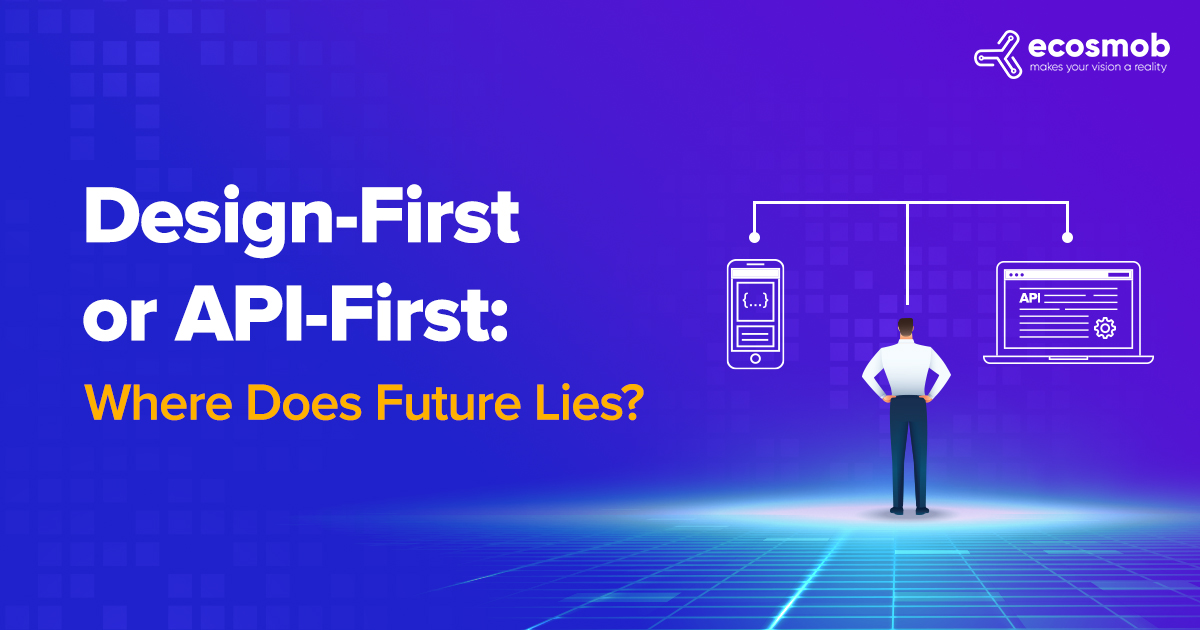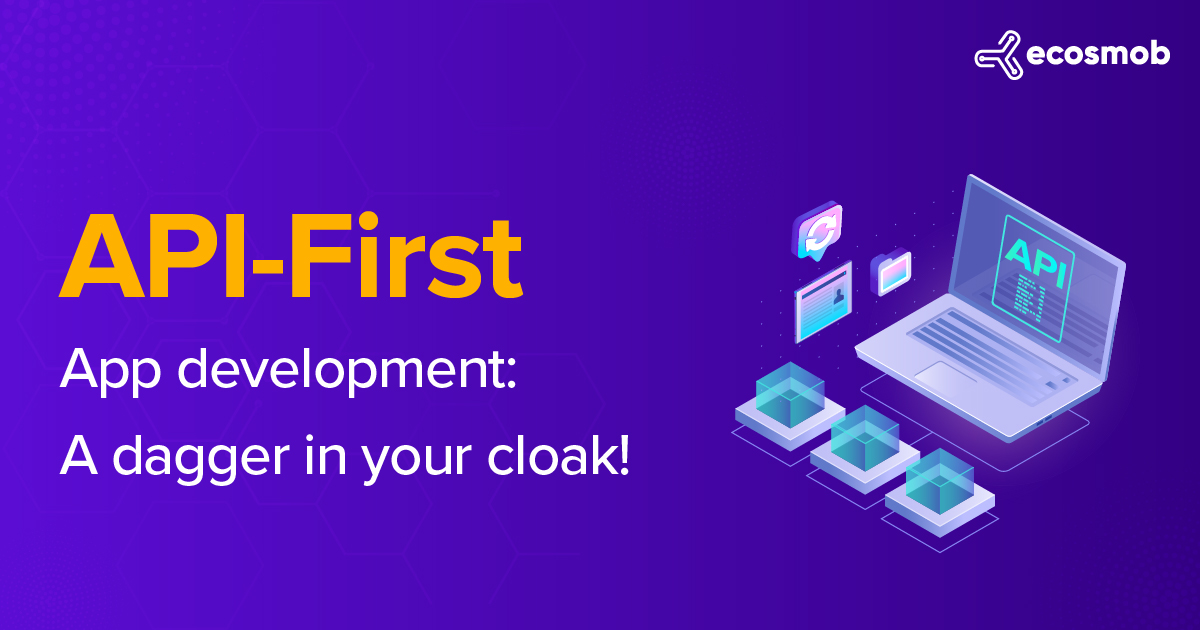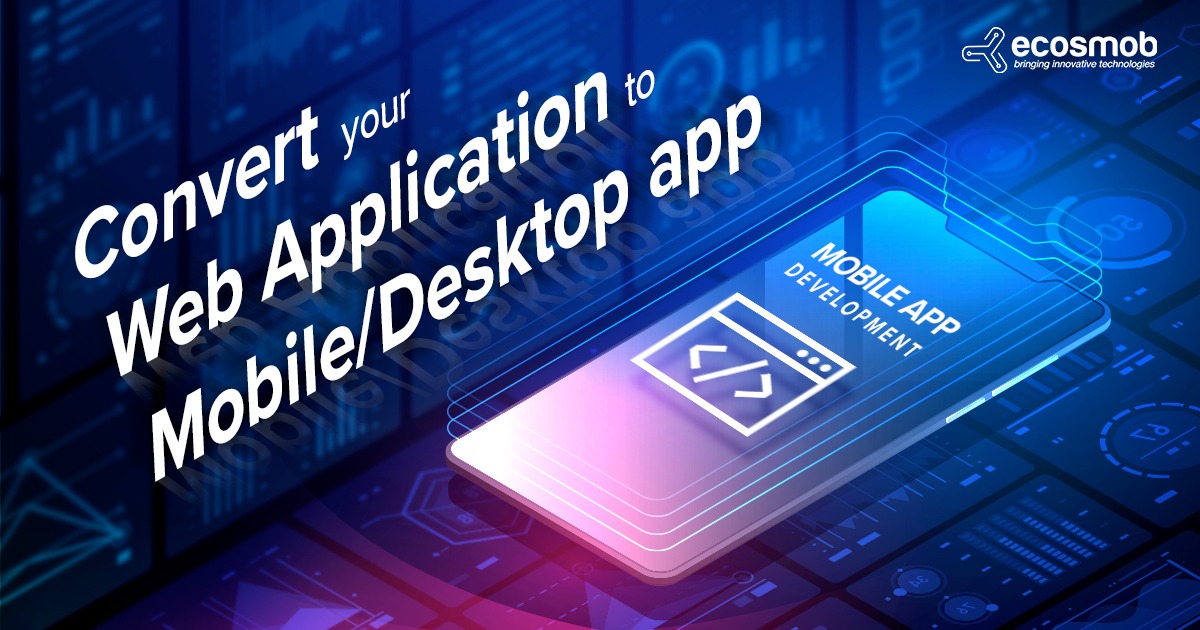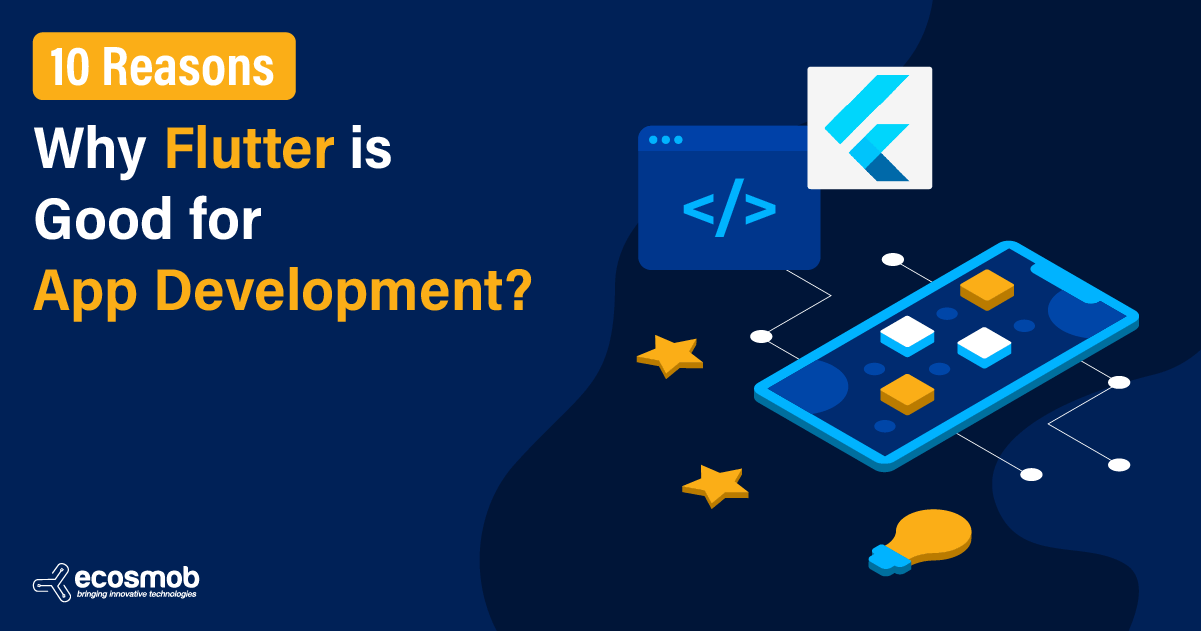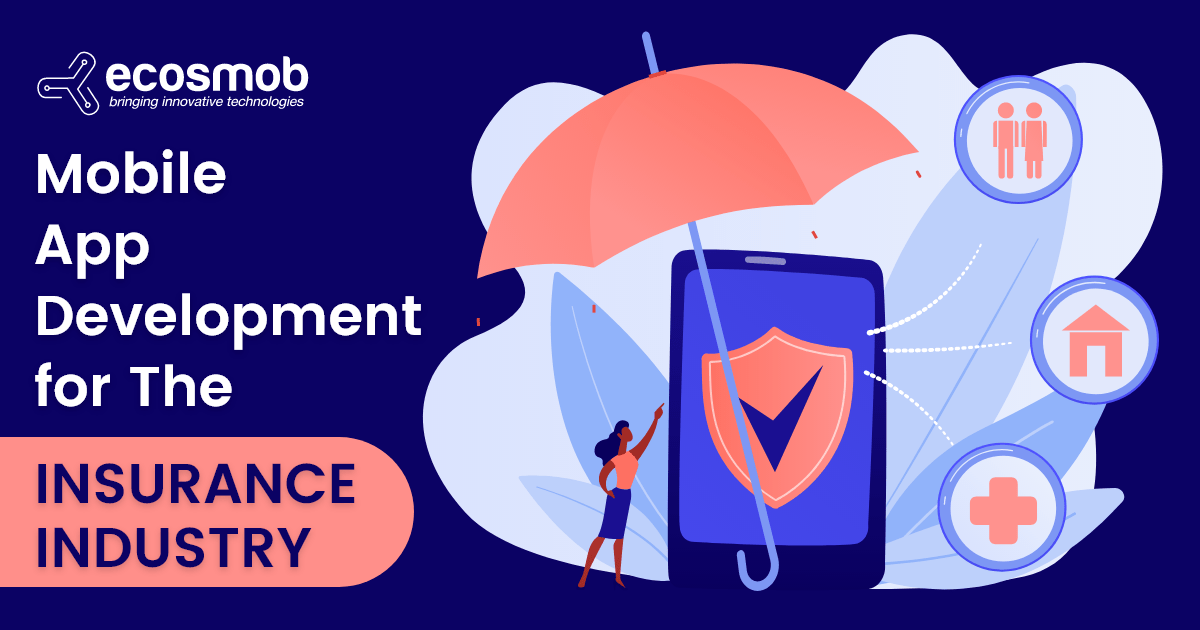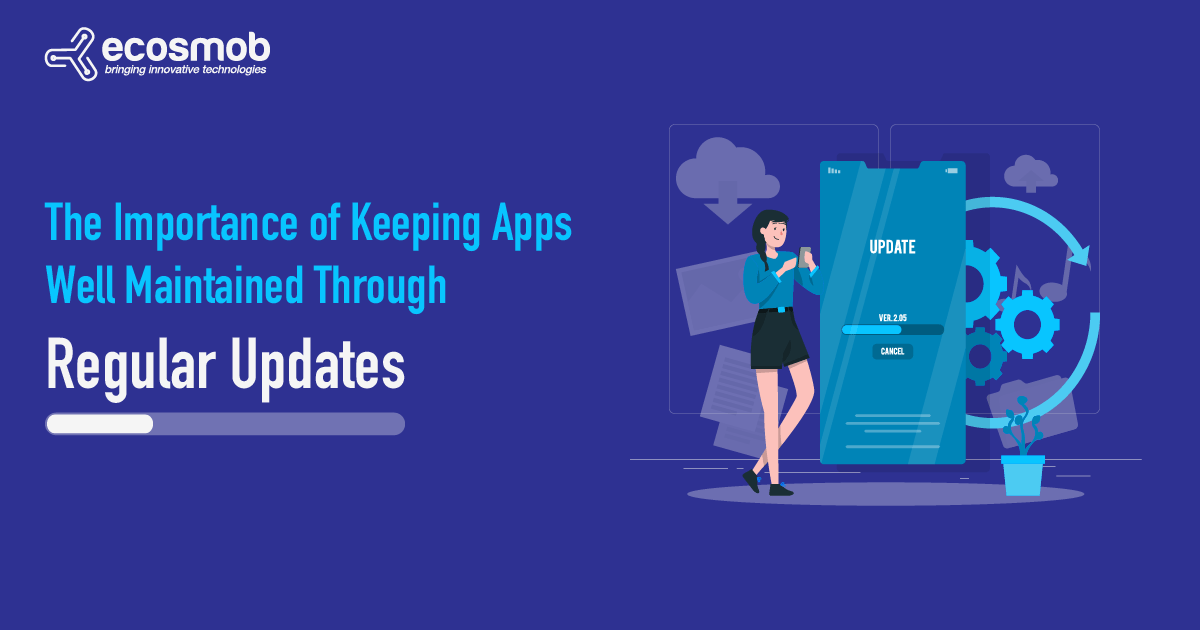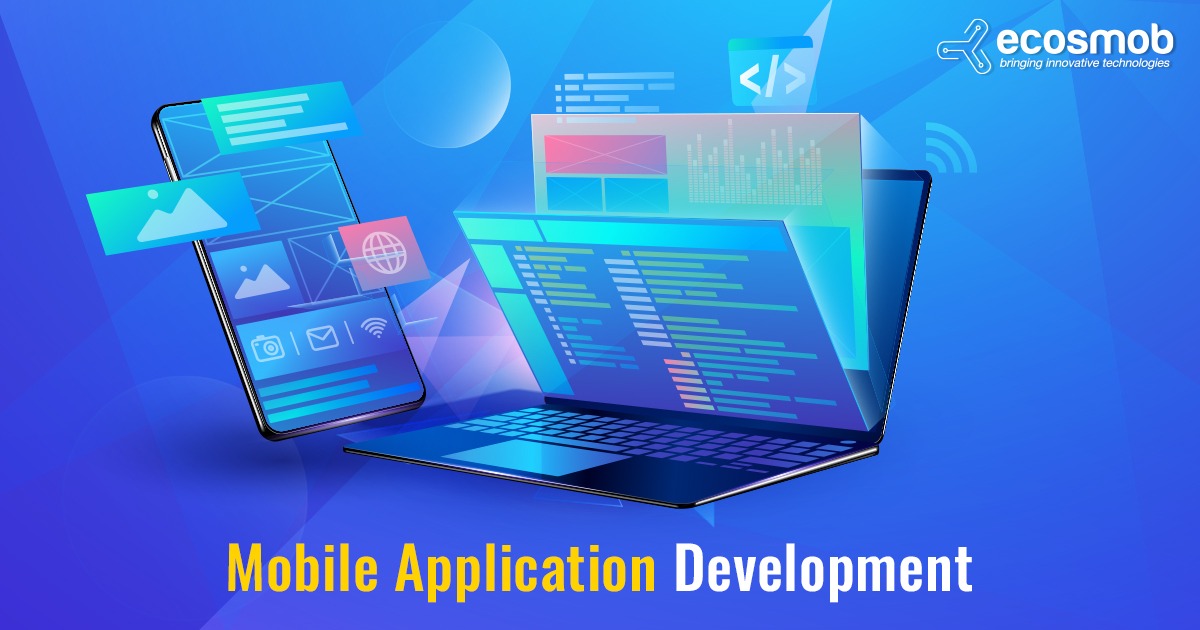Smartphones have changed the world, primarily how businesses connect with their clients! So it might be impossible to overlook the ‘mobile’ possibility if you’re a thriving company. Today, mobile users are using their phones more than ever before.
Besides, reports from Ericsson Mobility suggest that mobile traffic will rise by 25% by 2025. In addition, the average individual now spends more time on their phone than in the past.
With the changing dynamics, users choose firms with mobile application development services that offer a fantastic mobile experience. And this is where we have the developers divided between PWAs and other native development technology.
While PWAs lets you deploy quicker, keep expenses under control, and reach out to consumers across various platforms. Native applications, on the contrary, provided an excellent end-user experience — better mobile functionality and improved UX.
Given the significance of both the methodologies, what should your strategy for developing mobile apps be? For example, should you create a progressive web app or remain with a native app?
Let’s figure it out with this blog! The sections below have compared PWAs and native applications to determine which is best for your business’s development and which your users prefer.
What Are PWAs?
A progressive web application is a site that works similarly to a native application. The main distinction between advanced web applications and native apps is that progressive web apps operate in the browser and do not require downloading from an app store.
Thanks to service workers, PWAs may save data over the user’s device cache. This ensures that consumers are constantly updated, regardless of their internet connection. Twitter, for example, offers an advanced online version and native mobile apps for Android and iOS.
PWAs are designed to solve various issues, from faulty networks to data restrictions or complete absence of connectivity.
Here’s a list of the perks to help you understand PWAs better
1. Quick and Easy Installation – Unlike native applications, which take multiple steps before being used (app store, locating the app, installing, and downloading), PWAs are extremely simple to start and operate. A user has to browse the appropriate URL and begin using the app.
2. Global Compatibility – HTML5, a worldwide standard web language used by millions of people worldwide, is used in PWAs. PWAs can reach several people beyond native applications because more than 3.5 billion individuals have access to the Internet.
3. Responsive Design – While PWAs may operate on laptops or desktops, they are primarily intended for mobile use. As a result, companies may use responsive design skills to provide an environment where you write a program once and get a run-anywhere experience.
4. No Need for App Registration – Regardless of where you place your native software for download, you’ll have to go through technical criteria, rules, paperwork to fill out, and a review procedure to get it published. Not so with PWAs, where all you have to do is develop the code, run it, and publish it.
5. Reliability – Thanks to the pre-caching functionality present over PWAs, you can trust the platform to operate even with no Internet connection.
What are Native Apps?
Native applications, unlike PWAs, are platform-specific.
Yes, all native apps downloaded from an app store are native apps. They are designed specifically for certain platforms, such as Android or iOS.
A native app designed for one platform differs from another in the back-end’s used programming language.
Java is used to create apps for Android, for example. They’re written in C# for Windows Phone. For iOS, they also utilized Objective C or Swift.
Because native applications are designed for specific platforms or operating systems, they may take advantage of the device’s advantages.
Let’s check out what makes the platform unique with its advantages:
1. Faster – Native apps are substantially quicker since the code is developed to perform over a specific device. This is where the native apps turn out to be faster and serve a single functionality approach in operations.
2. Smooth User Experience – Because native applications are designed with particular technological characteristics, they may make the most of a device, resulting in a more delightful user experience.
3. Can Geo-fence – GEO-fencing is a functionality that allows the application developers to create virtual perimeters in the real world that trigger actions when a user enters them. It may be used with push notifications to create effective marketing strategies.
4. They Are Smarter – Native applications are more innovative. They are designed for a specific operating system and have first access to advanced and smart capabilities like ambient light sensing and proximity sensors.
5. Wakelock Capability – Wakelock is a mechanism that allows an app to override the system’s default settings and turn off the screen after it has spent a certain period of inactivity. Native apps can protect your screen from going dark even after a long time since they are developed with technology.
6. Security – With over 70% of users concerned with sharing their personal information without any consent, security is crucial. Native apps may help protect data on mobile devices by passing through several app store criteria before being permitted for download and usage, giving users more confidence.
PWAs Vs. Native App For Businesses: Which One’s Better?
Since the applications for both the development tools are unique in their aspects, we have curated a list of the different factors to help you understand them better. So let’s have a look:
| Comparison Aspect | PWAs | Native |
| Description | A website with features and functionality similar to applications | Developed to cater to specific OS platforms (primarily developed separately for iOS and Android) |
| Installation | There is no need to install it; however, it may be put on the home screen. | Installed directly on a device from the App Store or Google Play |
| Access to the device’s features | Might have limited access to the features of a given device | Has full access to the characteristics of a device, including the likes of hardware components inside it. |
| Offline operation | Thanks to caching, users can avail of it in offline mode | Depending on the app type, it works properly in offline mode for most cases |
| Updates | Automated and instant updates are available without the need for the end user’s concern | Updates are done manually with the help of users and business owners |
| Time-to market | Can be developed faster | It takes longer to develop and requires approval from the App Store |
| Development costs | It is cost-effective, can be developed by a single team | It needs an individual group for each platform (or a group of React developers for both platforms) |
| Promotion | SEO-friendly | ASO, ASA |
| Security | It comes with HTTPS encryptions | It consists of additional layers of security based on built-in device component |
| Push notifications | Unavailable over iOS devices | Available |
| Inter-app communication | Not available | Available |
Why Choose PWAs?
With so many benefits to Native Apps and PWAs, you must consider every element and take the correct path depending on your company plan and current resources. As you can see, PWAs and Native Apps are equally crucial for any type and size of an organisation, including startups, fast-growing businesses, and corporations.
In some circumstances, you may want a quick and cost-effective solution. Therefore, a PWA is preferable. On the other hand, A PWA may not meet the device’s minimum performance requirements or cover all its features. You might want to consider creating a Native App in this case.
Therefore, there are different use cases for both the development technologies:
Opt for PWAs if
1. You’ve just started and want to give your users a basic app: No download is required, and you may connect with the user via push notifications.
2. You’re limited by time and money: The development and publication of PWA involve less time and money.
3. You want to raise brand recognition and boost your SEO: PWA is comparable to any other website in that it reaches a large audience.
Opt for a Native app if
1. You aim to establish credibility for your brand; try using the native development method, as the apps published over app stores are more reliable.
2. You want to take advantage of advanced smartphone functions: If geofencing and detection are critical to the user experience, or if your product demands a lot of processing power.
FAQs
1. What is the primary advantage of settling for PWA over a native app?
Progressive web apps do not require installation from app stores. As a result, businesses benefit from lower development costs and are not restricted by app store validation standards if they opt to build a native app.
2. What makes a Progressive Web App better than a native app?
A progressive web app is preferable to a native app since it offers a better, real-time opportunity to market and lower development costs. PWA is a potential solution for businesses that can’t afford to spend a lot of money on native app development for iOS or Android but still want to give a mobile experience to their consumers.
3. Is PWA dead?
No. It’s 2022, and PWAs are very much alive and thriving! PWAs are used by several large companies, like Tinder, Twitter, and others, at various phases of their product journeys, owing to the comfort and ease of designing and releasing a PWA, global appeal, and the rise in user engagement and conversion they offer.
If you want to know more about the mobile app development than call on +91-7778842856 (INDIA) / +1-303-997-3139 (USA) or write to sales@ecosmob.com



